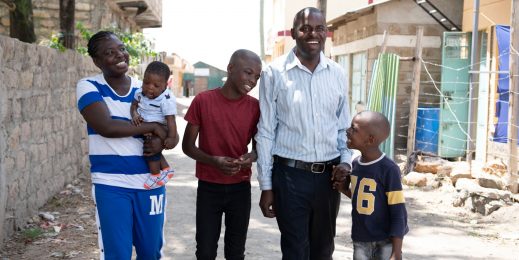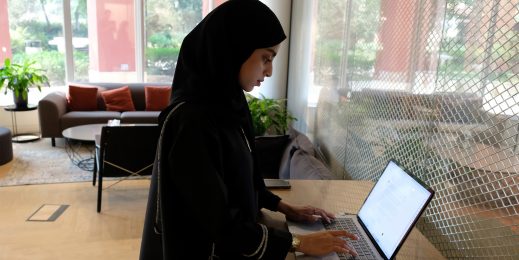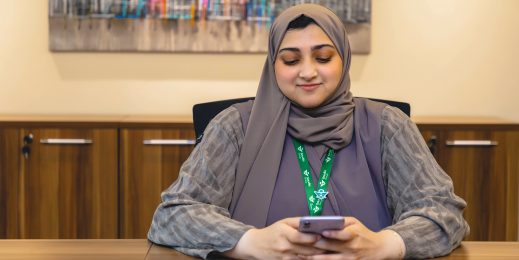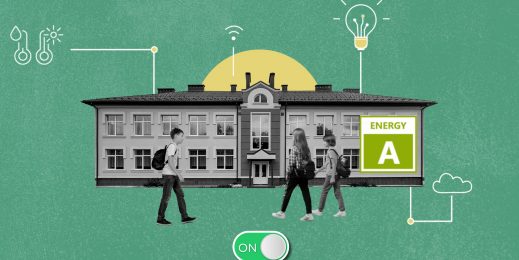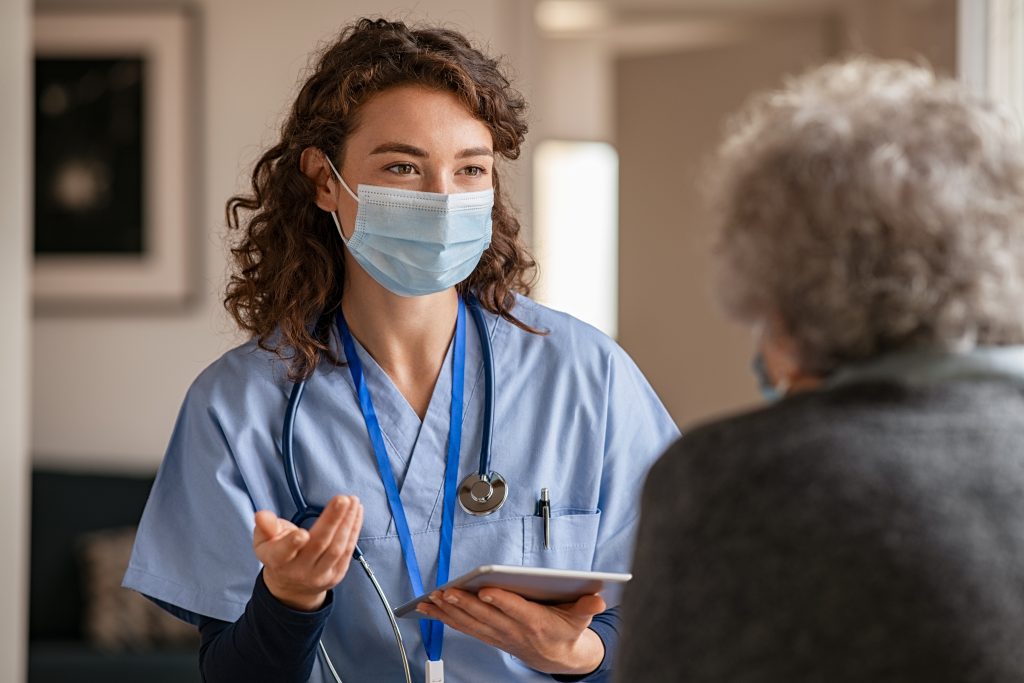
Year of the Nurse: First responders build resilience with technology and data
As we reflect on the Year of the Nurse and Midwife, we owe a huge debt of gratitude for the incredible professionalism, dedication and resilience shown by healthcare professionals around the world. When the World Health Organization (WHO) decided 2020 would be the year to elevate the work of nurses in challenging conditions, no one could have predicted that 2020 would truly become the Year of the Nurse. The crisis has highlighted nurses’ contributions, shining a spotlight on the importance of helping nurses in what they do best: deliver outstanding patient care.
I see firsthand in working and speaking with nurses from the bedside to the boardroom, healthcare organizations, students and faculty, how technology is playing a vital role in optimizing our care for patients and families. As Rebecca Love, nurse, innovator, and president of the society of nurse scientists, innovators, entrepreneurs and leaders (SONSIEL), notes:
“A nurse‘s call is to facilitate healing. Per the nature of their jobs, nurses are transformation agents, they are constantly applying their experience by the bedside to make equipment work better for patients and staff. If we can augment their ingenuity, we can make time and healing grow.”
If we can augment their ingenuity, we can make time and healing grow.
Incorporating data into nursing practice dates back to Florence Nightingale’s era. This year also marks the 200th anniversary of Nightingale’s birth, and she was among the first to apply data into nursing to reduce the spread of infections in the field hospitals during wartime. The difference today is scale and scope of the transformative impact of data. It would be a fitting legacy that 2020 becomes the tipping point for the widespread use of data and technology to support and augment nurses in their work and reimagine the future of the nursing profession.
Nurses make up 90% of patient’s contact on patient care units but they typically spend less than half of their time on direct nursing care.[1] Data and digital technology is addressing this imbalance, helping nurses and frontline healthcare workers to improve the patient journey across the care continuum. From supporting patient triage, assessment and treatment to reducing administrative tasks, freeing up nurses’ time is critical to advancing nursing care for patients.
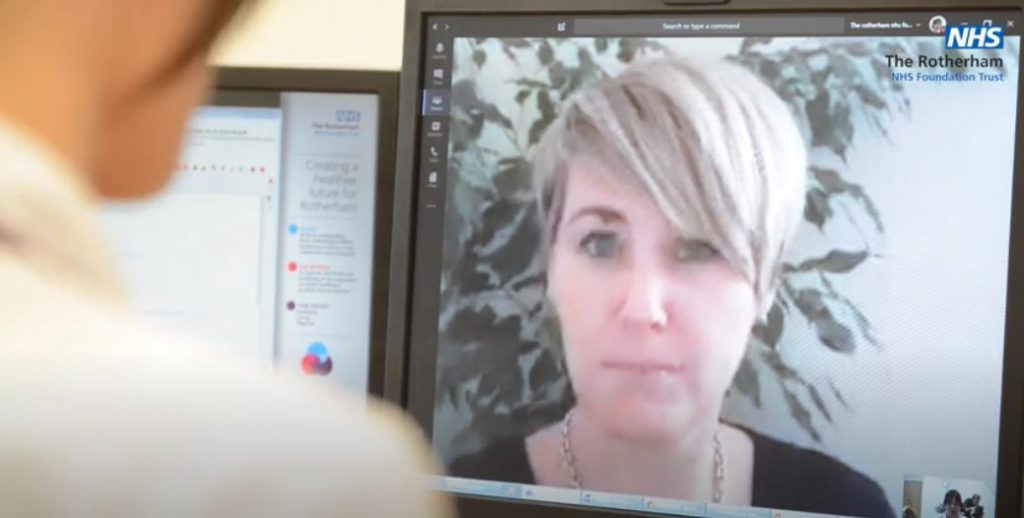
For example, the Rotherham NHS Foundation Trust (TRFT) in the U.K. is using Microsoft Teams to deliver speech and language therapy sessions to people in their own homes, ensuring that patients with respiratory or other chronic or long-term conditions, as well as head and neck cancer patients, continue to get the treatment they need, without putting themselves at risk. Before the pandemic, this project was in a pilot phase, slow to move with concerns around the practicalities, information governance and how secure it would be. When the pandemic hit, and patients weren’t allowed to attend medical appointments in person, roll-out was adopted at speed, made possible by Teams‘ strong foundations in security.
Rebekah Davies, TRFT digital health clinical lead and speech and language therapist, says “Joining sessions online not only reduces patient exposure to COVID-19, but most importantly it allows them to continue their treatment.
“When patients were stopped from coming in due to COVID-19 restrictions, many were really worried and almost felt dropped,” says Davies. “However, within a few days, we were able to deliver the same quality of care through secure, remote sessions, reducing time and pressure on the staff and patients alike.
Joining sessions online not only reduces patient exposure to COVID-19, but most importantly it allows them to continue their treatment.
“Initially, there was a fear among healthcare staff that these would replace face-to-face meetings, but if we can use digital and virtual as a precursor to in-person sessions, we make the in-person sessions so much richer and more valuable.”
The success of this remote provision of healthcare has led the Trust to roll this out across the network and use the technology in other fields.
Also, neonatal and maternity units across the UK are using a service called BadgerNet that enables midwives to record notes on maternity patients in real-time, whether they are in the hospital, the community or at home.
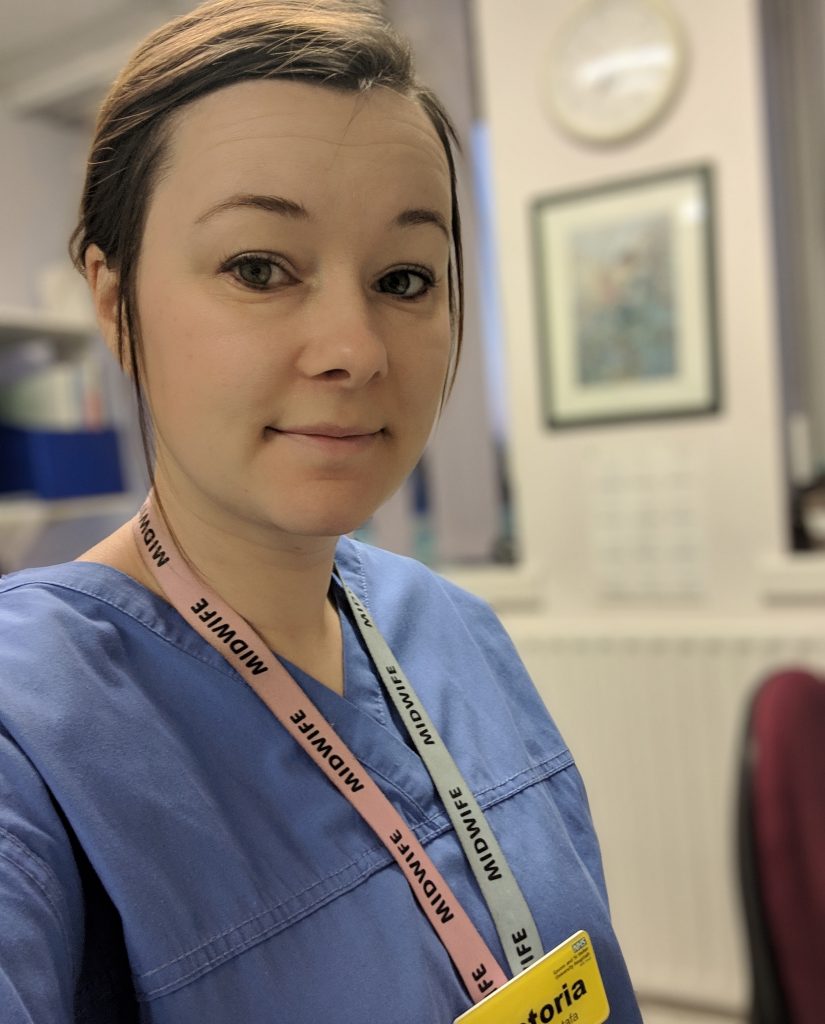
“Previously, we had to write up our patient notes onto three separate systems,” says Victoria Mustafa, a digital midwife at Epsom and St. Helier NHS Trust. “Through recording notes in real-time, tasks that previously took us an hour now take us just five minutes. It’s really been transformational for our team. As we have the woman’s whole journey at our fingertips, from any location, at any time, the level of care we can offer to expectant and new mothers is exceptional.”
Mustafa says giving patient care teams a single view of maternity information has also allowed them to reduce the time new mothers stay in the hospital, freeing up beds and allowing nurses to spend more time with patients who need extra care. She estimates the BadgerNet system is saving the Trust around £100,000 a year through efficiencies.
In Denmark, Emergency Medical Service Copenhagen has been using Microsoft’s Healthcare Bot service to help screen people for potential COVID-19 infection and treatment. It is also being used to arrange an average of 90.000 tests a day at national level.
Powered by Microsoft Azure, the service is now developing artificial intelligence (AI) and natural language processing technology to help organizations create their own bots — in which the data is owned and solely accessible by the organization — to respond to inquiries and free up doctors, nurses and other healthcare professionals so they can provide critical care to patients who need it. Since March, health organizations have created 2,311 COVID-19 self-assessment bots based on the Microsoft Healthcare bot service, reaching 75 million individuals.
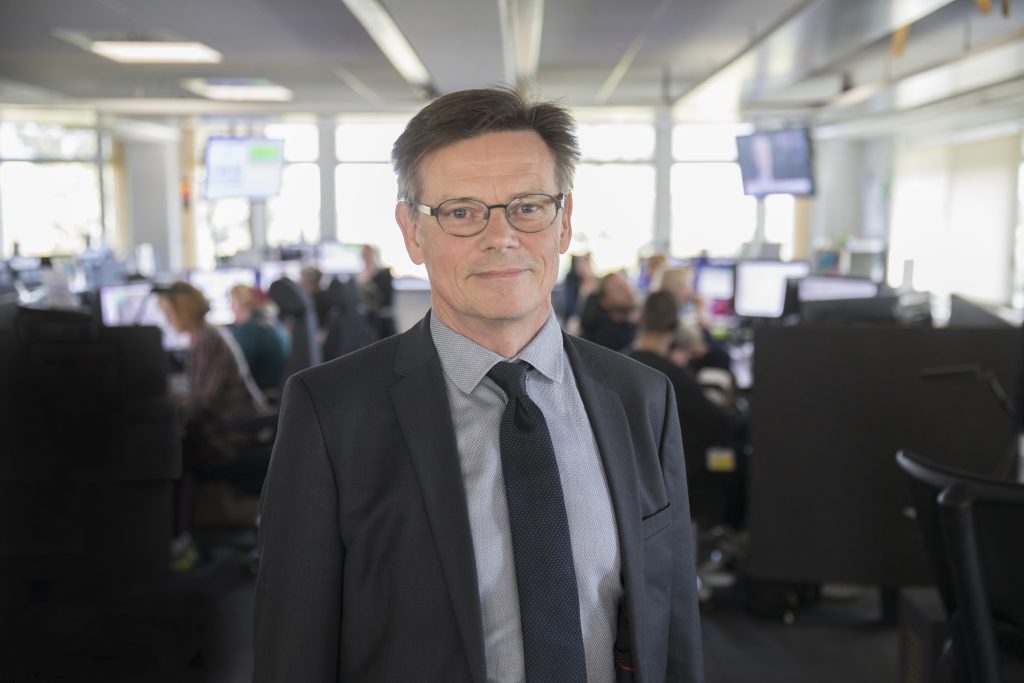
“Our emergency hotline is almost back to normal, as with the help of the bot, most inquiries are routed to other solutions and the respective departments taking pressure off our nurses and freeing up valuable time,“ says Freddy Lippert, CEO, Copenhagen Emergency Medical Service. He adds: “We can translate the benefits into many other areas of emergency care. If we bring AI into the interviews we have with patients calling our emergency number and combine it with the data we already have, such as medication, previous admission, diagnosis, etc., the quality of the consultation goes up, allowing us to do a risk profile for the patient in no time. It will revolutionize dispatch systems and decision-supporting systems – with only 90 seconds to dispatch the right resource, having all the data at hand significantly supports the team to make the right decision.”
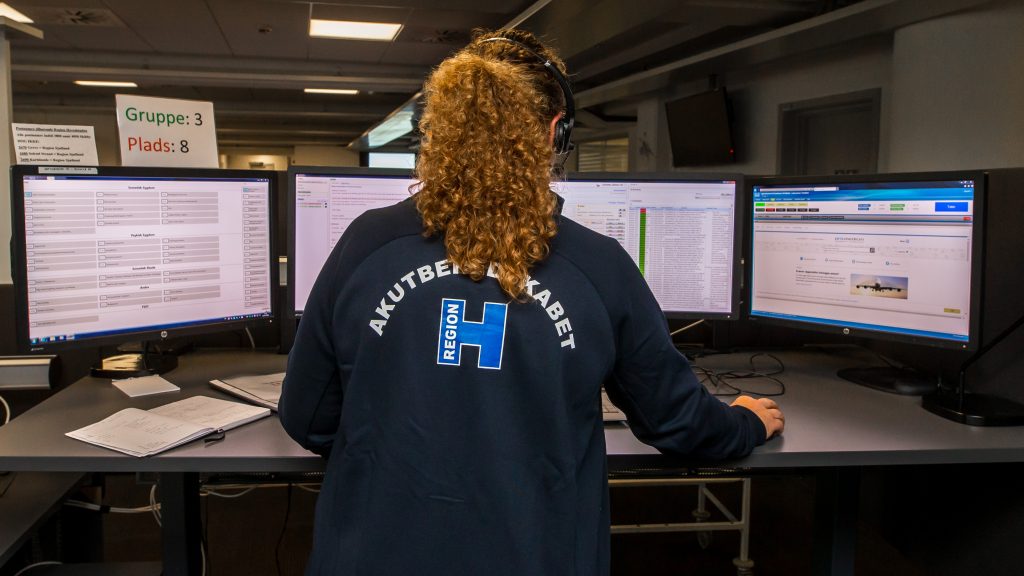
This message is echoed globally, as healthcare providers across the world are using data to help make life-saving decisions. St. Luke‘s University Health Network in the U.S. launched several new applications, including Teams, Power BI and Dynamics 365 that focus on connecting the clinician to the patient. This has involved collecting data from patients of COVID-19 to determine what the patient volumes are, and how quickly they are increasing, so management can pull the right resources together across the network to manage patient spikes. This solution gives clinicians the necessary patient data at their fingertips to help them make more informed decisions with patients and their families.
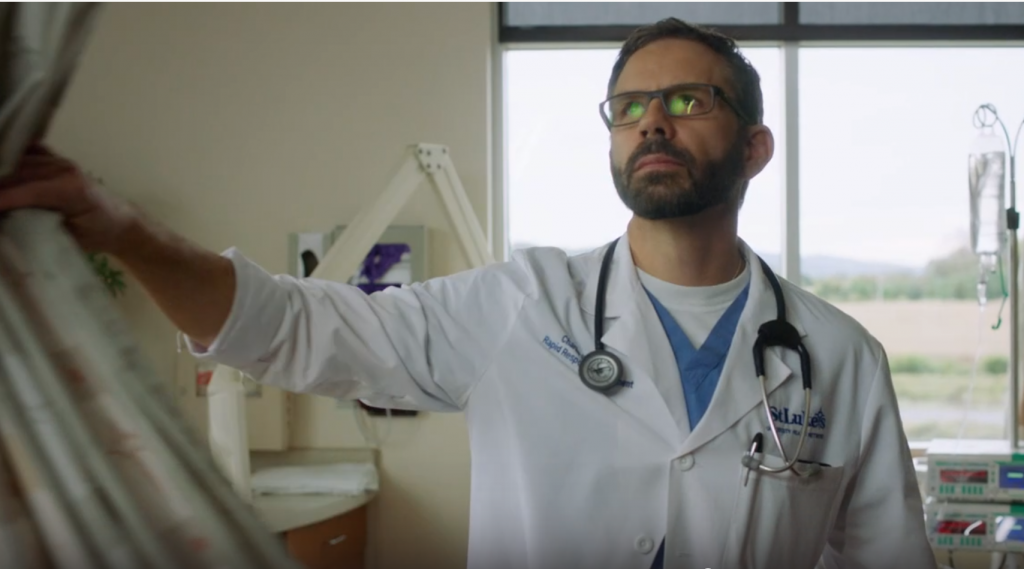
“Technology supports clinicians to improve, innovate and accelerate evidence-based medicine,” says Charles Sonday, acute care nurse practitioner and network medical director of provider informatics, St. Luke‘s University Health Network. “This is about breaking down barriers to knowledge, data and resources, while always keeping the patient at the center of health care innovation.”
This is about breaking down barriers to knowledge, data and resources, while always keeping the patient at the center of health care innovation.
We see how effective data and technology can be in helping nurses respond, augmenting their work and enabling more time for direct patient care. We now need to build on the gains achieved in the response this year, and take this further.
I’m glad to see that the year of the nurse and midwife has been extended in Europe into 2021. It also won’t stop for us.
Understanding and improving nurses and midwives’ experiences are crucial to Microsoft as we continue to collaborate with healthcare delivery networks, health plans, life science and medical device companies to design, develop and implement technology across the care continuum. It’s not just the technology piece that’s key, but for the profession to find our voice – standing by patients to provide the best care and outcomes.
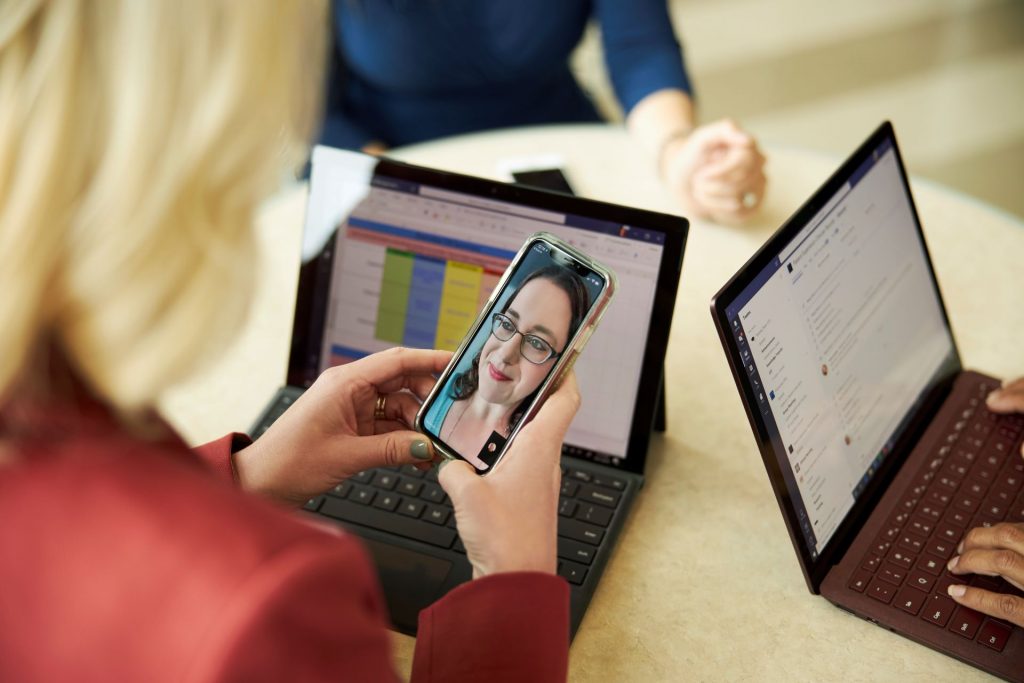
As Microsoft CEO Satya Nadella says, “We at Microsoft view ourselves as digital first responders when the true first responders call from the front lines. Microsoft works for the heroes who are putting their lives at risk and must bring them everything we have to offer.”
Put simply, it’s about caring for those who care for us. In 2021 and beyond.
I want to share a heartfelt thanks to the nurses and midwives across the globe for your dedication and passion for caring for us.
[1] Nuffield Institute for Health
Molly McCarthy is Microsoft’s Chief Nursing Officer, partnering with bedside nurses, administration teams, students and organizations to improve care delivery, safety and outcomes.






